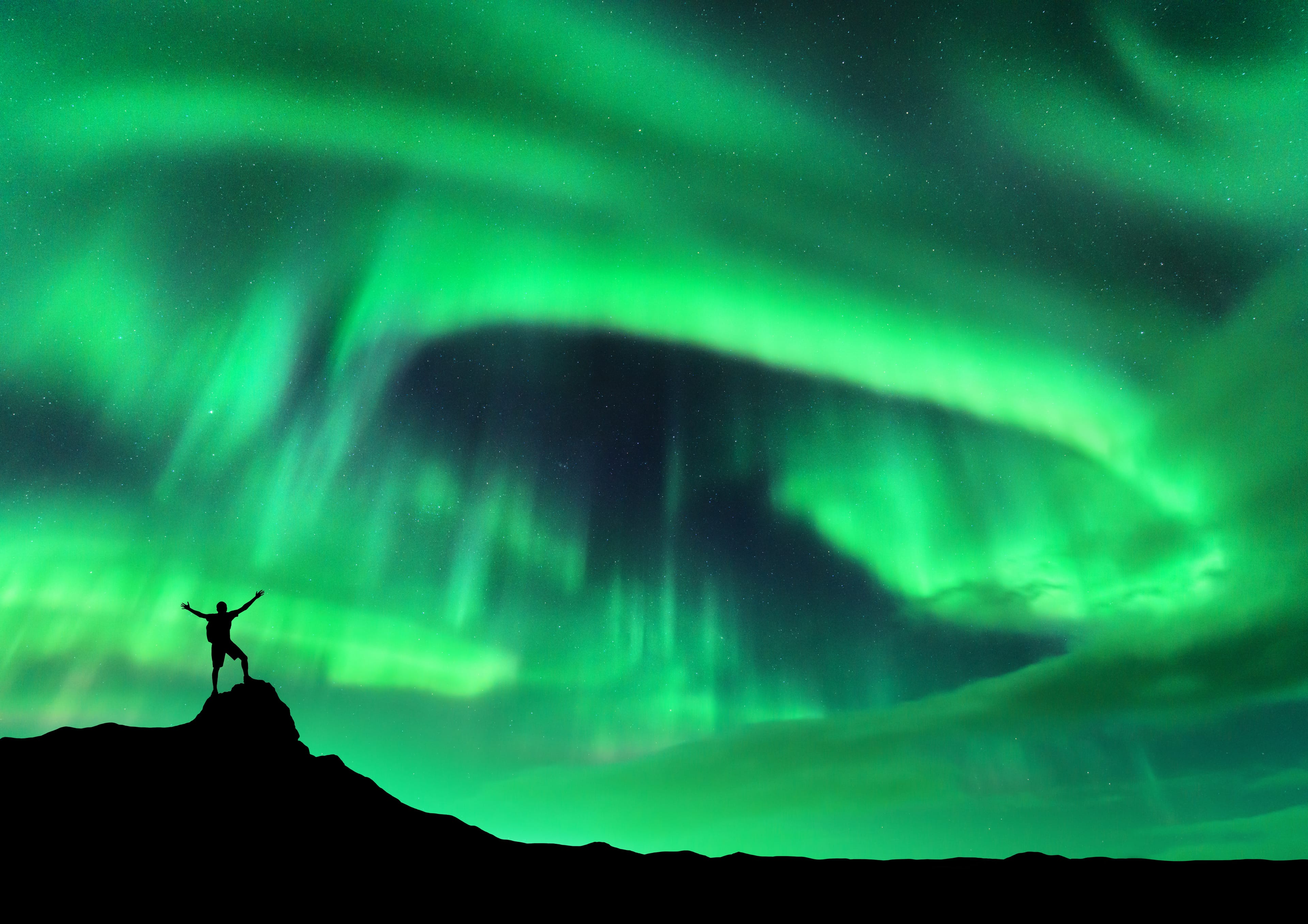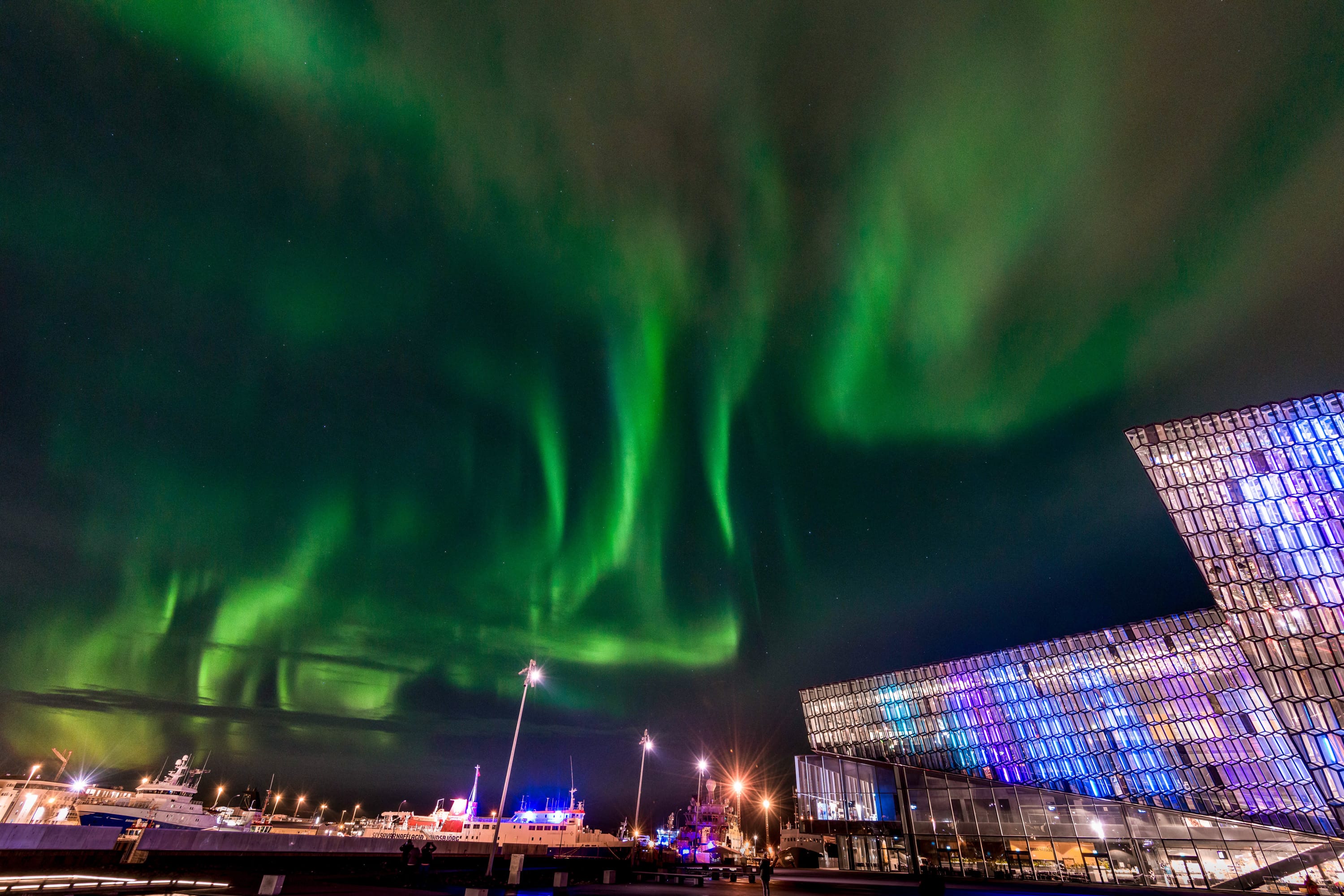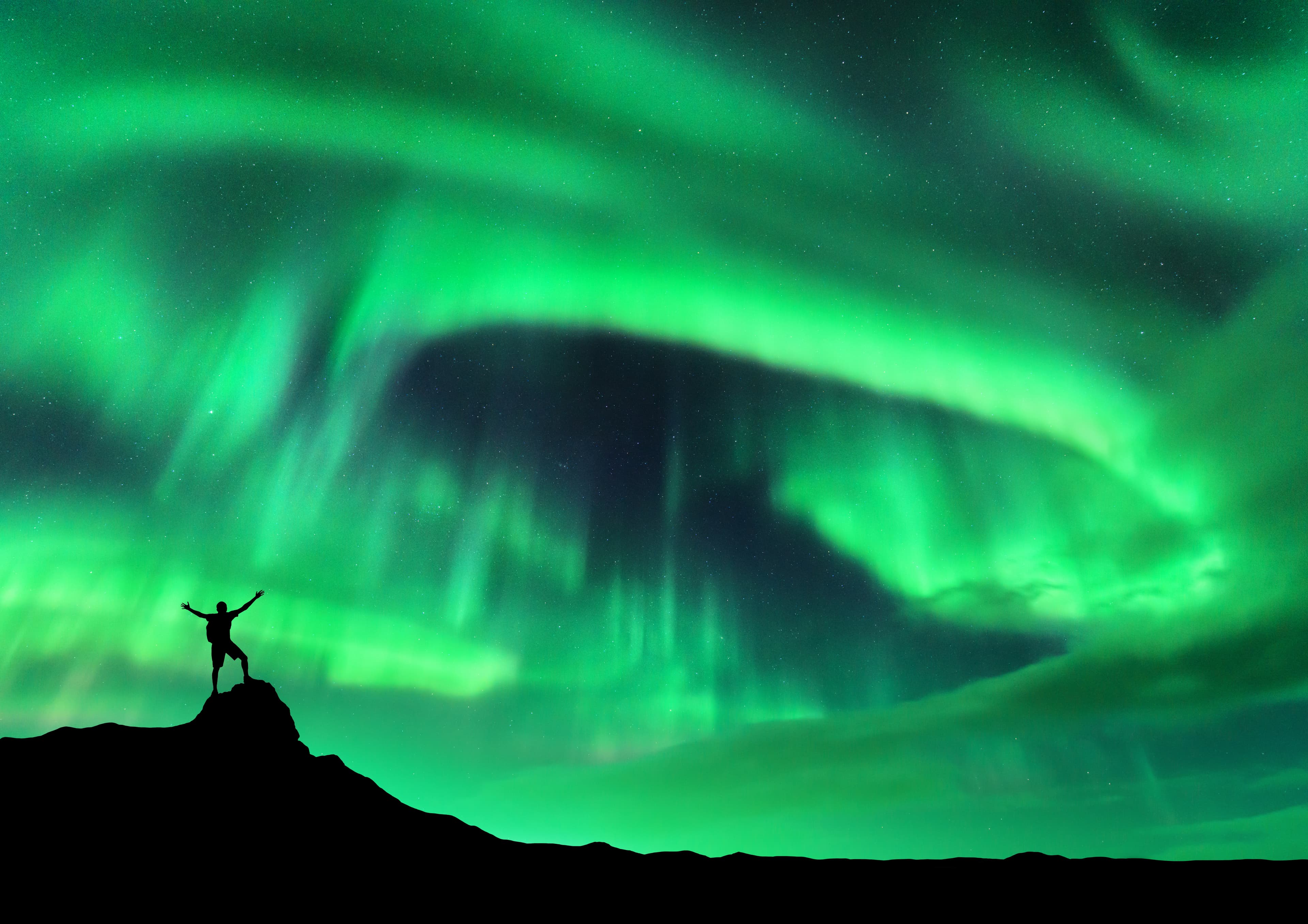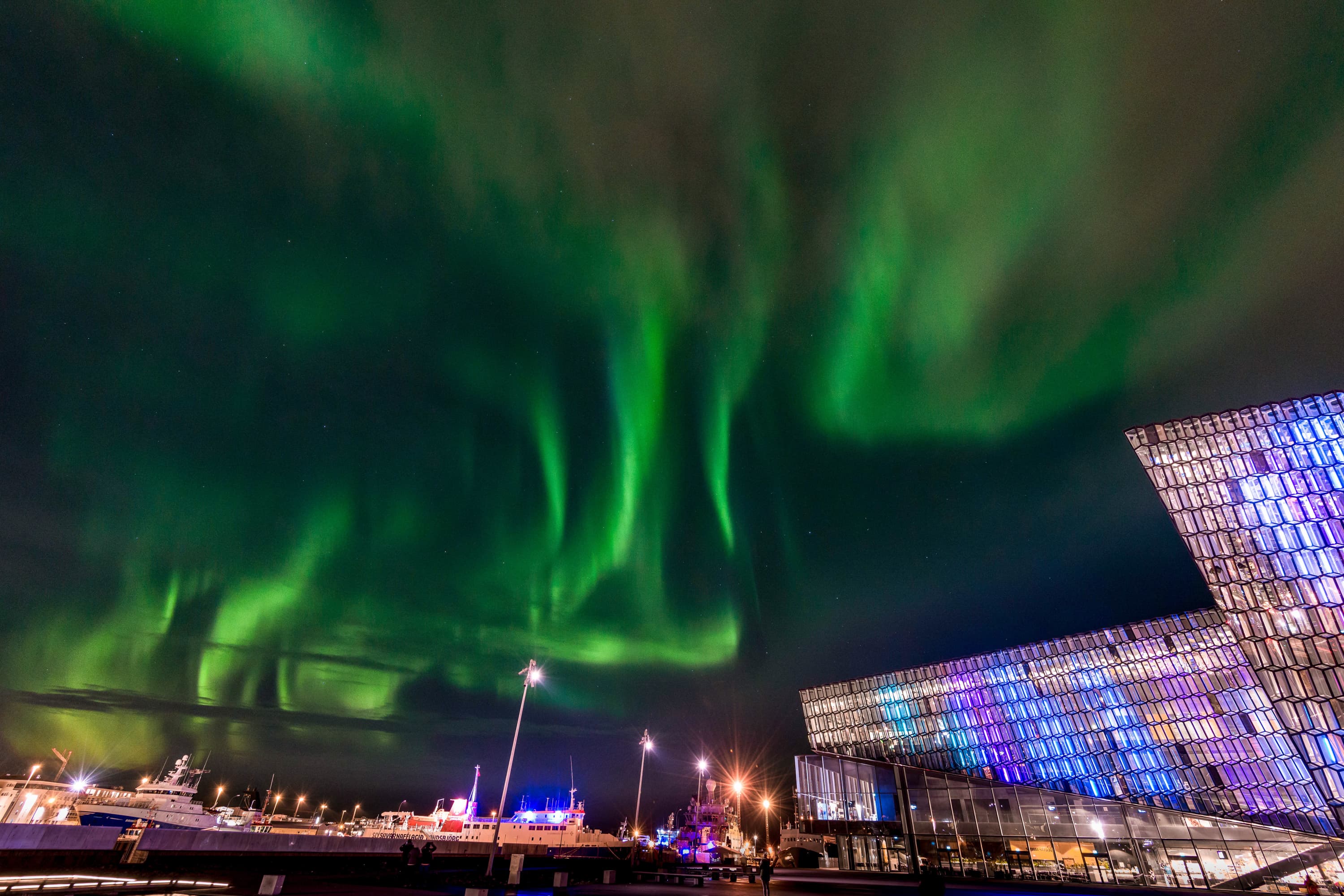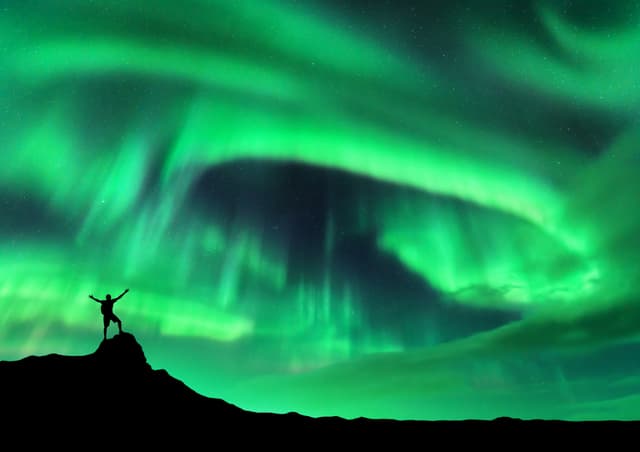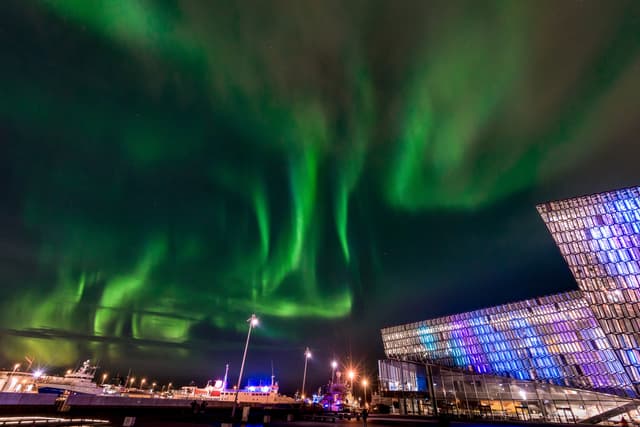Northern Lights Tours
Book your Northern Lights tour to witness nature’s dazzling light show!


The Northern Lights, also known as the aurora borealis, is a natural phenomenon that appears in the sky at higher latitudes, such as the Arctic Circle. Visitors come from all over the world to witness its celestial glow—and we can’t blame them.
For all of its mystery and beauty, crossing the polar lights off your bucket lists involves planning, patience, and a bit of expert knowledge. One of the most thrilling ways to experience this breathtaking wonder is through guided tours in the Arctic region.
Browse the best Northern Lights vacation packages and tours in Iceland, Scandinavia, and Canada!
Feeling inspired?
of 04
Related Blogs
Capture the magic—explore our top guides on photographing and chasing the Northern Lights across Iceland, Sweden, and beyond!
Let's Talk Adventure
Questions, ideas, or just a need for adventure inspiration? We’ve got you covered. Let’s chat and get you on your way to something incredible.
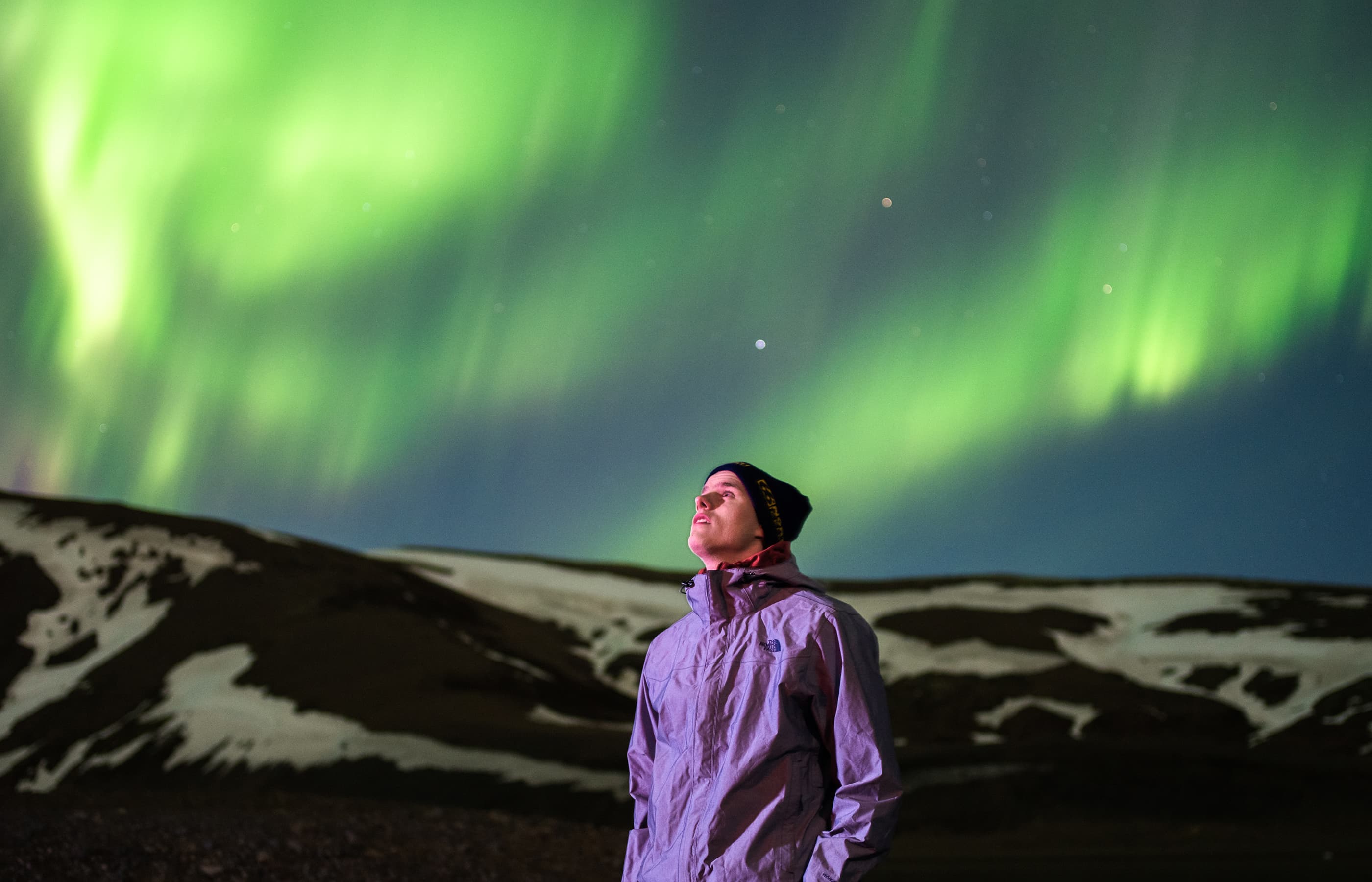
Unlock the secrets of the Northern Lights
Learn when, where, and how to see them.
Best Destinations for Northern Lights Tours
Your Northern Lights vacation planning is not complete without considering a trip to Iceland. As a top tour destination, the Land of Ice and Fire offers stunning views, especially near Reykjavík and the more remote Westfjords. Plus, you’ll have the added benefit of being guided by local experts. And why not maximize your time by combining aurora viewing with majestic waterfalls, glaciers, and volcanic landscapes? With Iceland, you can’t lose.
Canada also has its fair share of popular spots to immerse yourself in the glow of the night sky. We recommend living the Yukon adventure by catching the aurora during that magical window of dark skies and timing. Alternatively, you can get closer to that million-dollar shot in the Northwest Territories and Alberta. Another option? Enjoy winter activities like dog-sledding and ice fishing alongside your aurora tour.
If you’re into trekking and hiking to go along with your celestial wonders, Sweden’s Abisko National Park is one of the world’s most reliable locations for aurora sightings. The area’s unique climate keeps skies clear—cold, crisp, and delicate. Snowshoeing, morning hikes, ice climbing: pair any of these with a trip to see the Northern Lights.
Want to head home with epic photos? Tromso, Norway, is one of the best places in the north to chase the skies. If possible, we recommend planning your trip around the new moon; dark skies are essential. Another alternative is to visit Lapland in Finland, starting with Santa Claus Village. Between constellations, activities like snowmobiling, and swirls, this country sits in the middle of the Northern Light belt—and it shows.
What Are the Northern Lights?
While the Northern Lights feature prominently in mythology, scientists understand them to be caused by solar winds interacting with the Earth’s magnetic field—especially visible around the magnetic poles. Beginning in the 17th century, the worldview started to bend toward logic, with Italian astronomer Galileo giving them their scientific name, Aurora Borealis.
Although green light curtains may be the most common, the color you see depends on the kind of atom that the electrically charged solar particles dance with. Oxygen particles cause more green auroras, while nitrogen causes blue, red, and purple auroras. Other elements will lead to blue, pink, or yellow ribbons.
But while science helps us to understand, the real wonder and mystery come when seeing the lights in person. Even if you end up speechless by the intermingling of science and magic, you’ll be led to the best viewing spots along the Arctic.
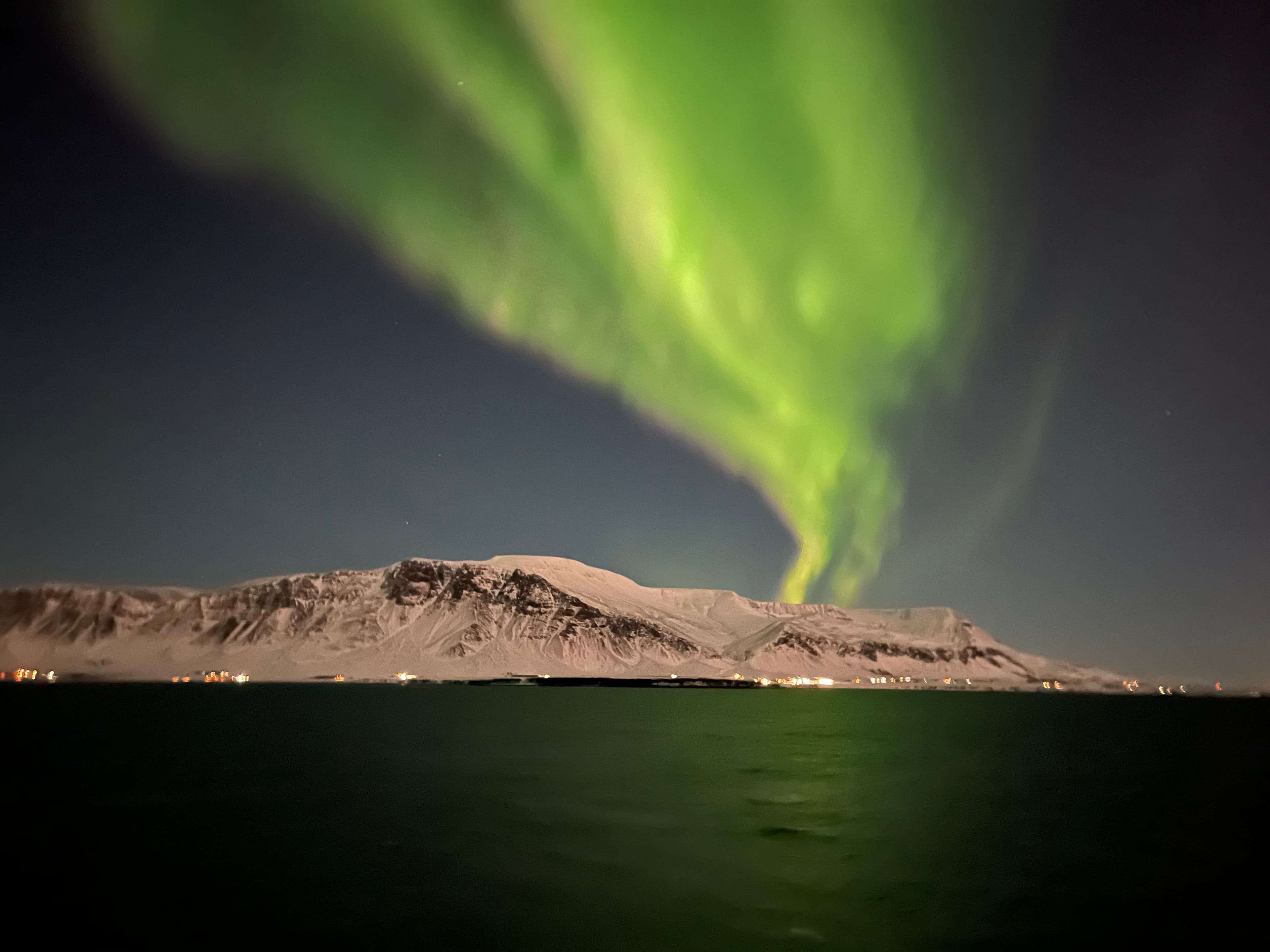
Best Time to Visit Each Country for Northern Lights
Iceland: September to April
The auroral season in Iceland offers around 7 to 8 months of viewing, extending into parts of fall and spring near the equinoxes. Because this snowy isle is rich in wide-open landscapes, the long nights of winter provide the best opportunities to witness neon-lit skies. Be mindful of harsher mid-winter weather conditions, and check cloud cover forecasts. Your chances are high!
.jpg&w=3840&q=75)

Canada: Late August to April
With a whopping 8 months of glowy skies, Canada has spectacular viewing options—especially if you stay close to the north. December, January, and February may have you bundling up, but we think the trade-off is worth the extra blankets. When seeking out dark skies and the perfect photo op, remember that Canadian Northern Lights can be capricious, so your best bet is a guided tour.
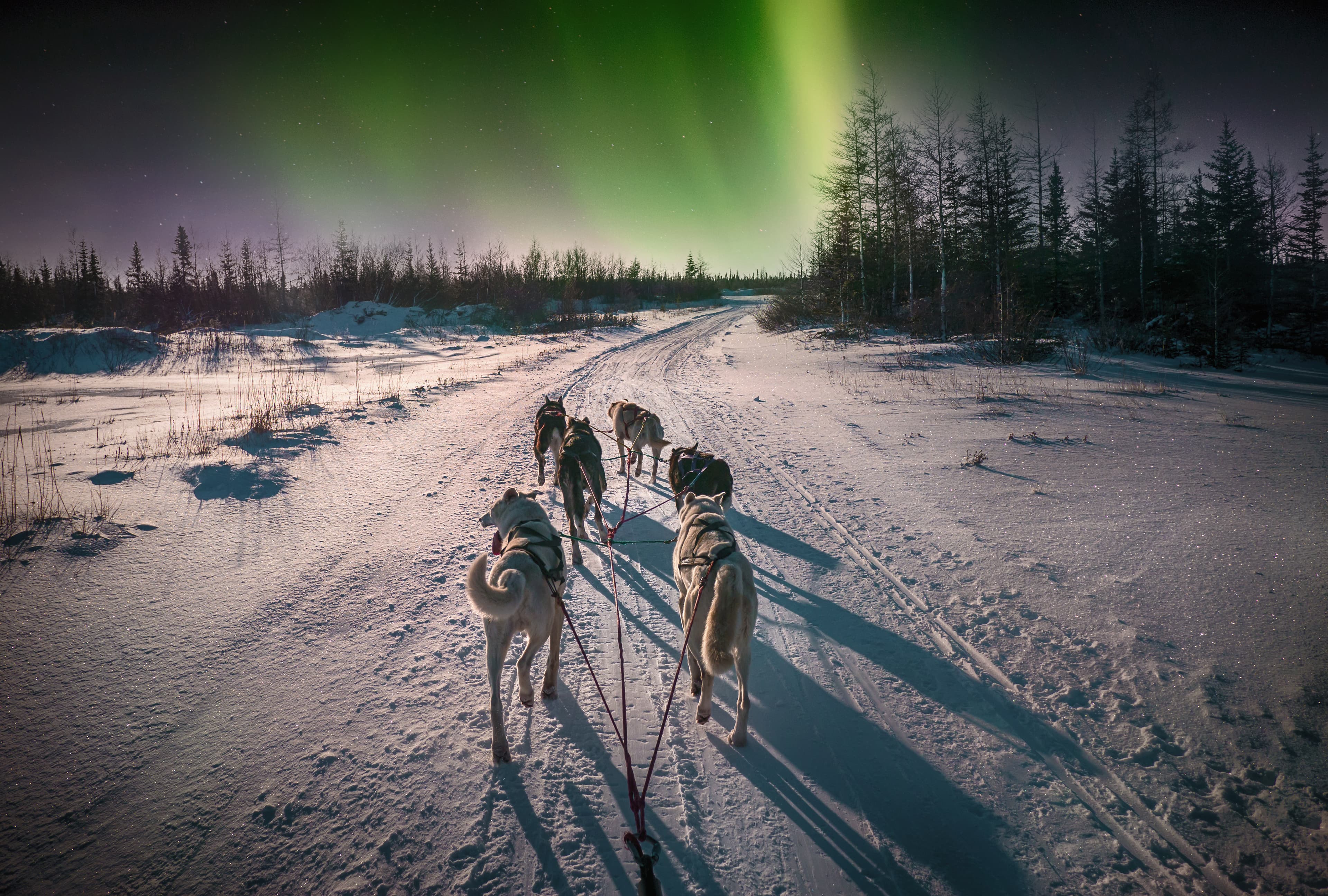
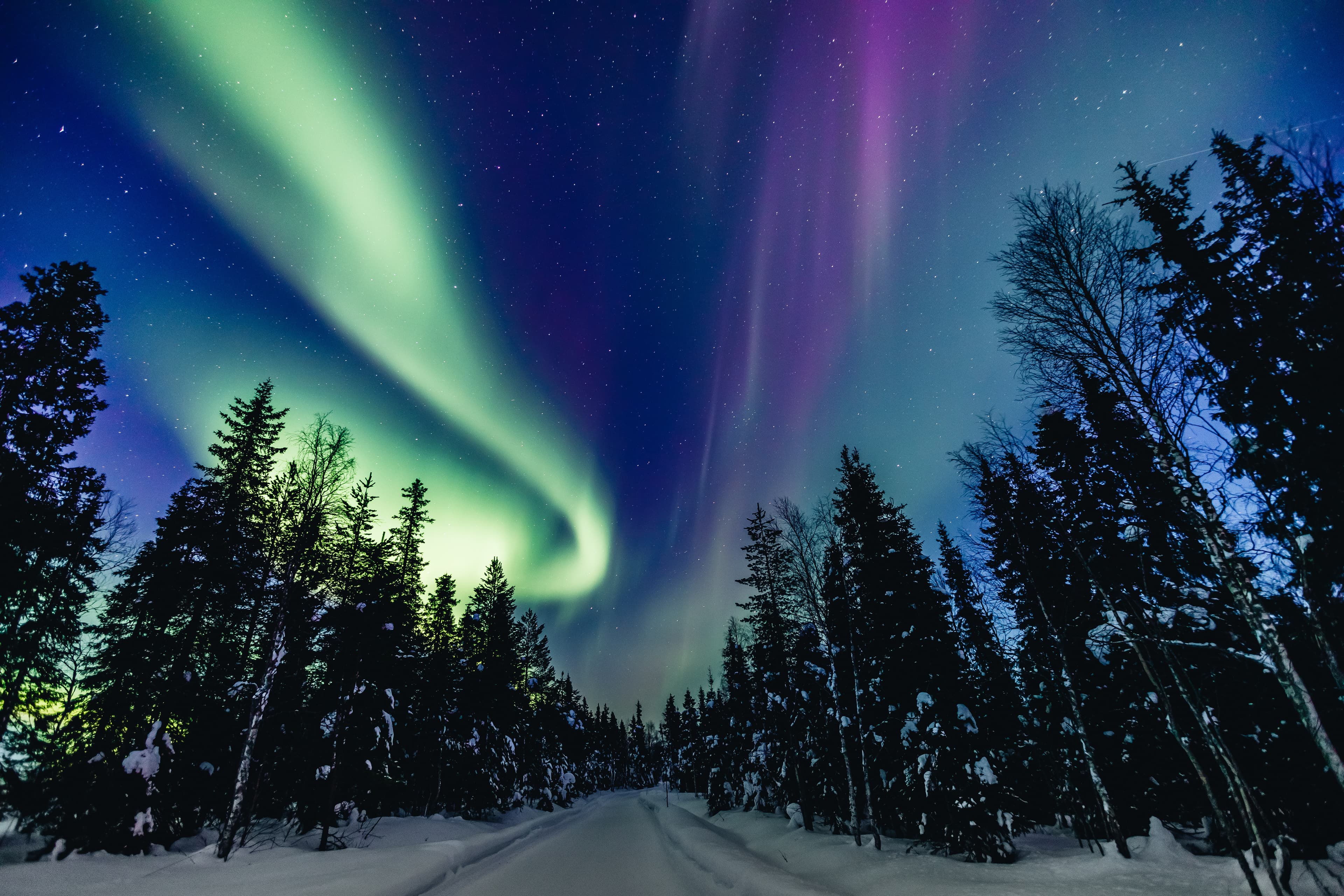
Sweden: September to March
Sweden is a fine host of nature’s illuminative phenomena. Much like Canada, you’ll find the brightest lights in northern Sweden, with its darker nights and snow-white surroundings. While Swedish Lapland is the optimal region for viewing, we recommend staying available from 8 AM to 3 PM between September and March.

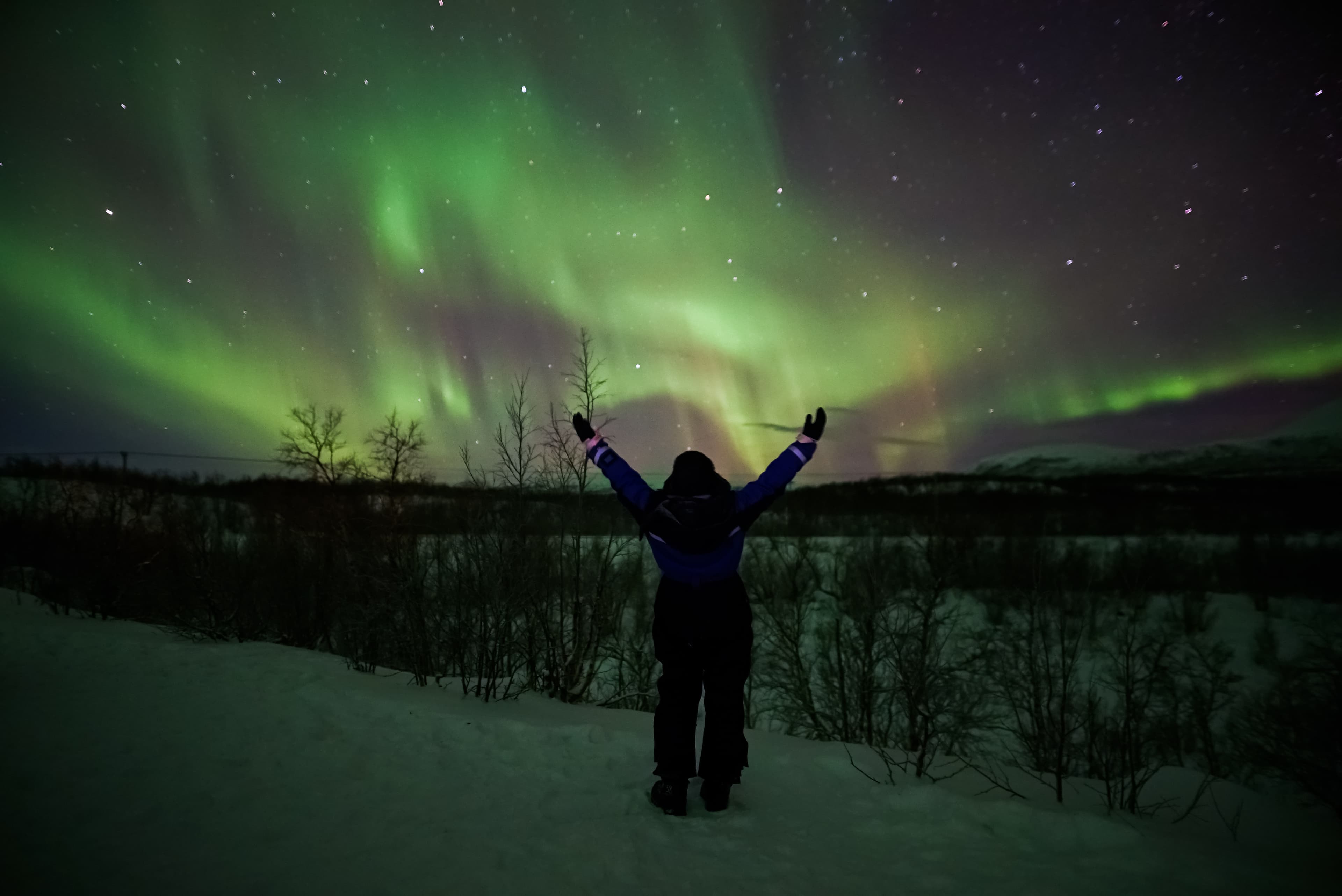
Norway: September to March
For six months out of the year, you may be fortunate enough to view the polar lights in the Land of the Midnight Sun. Due to its dry weather, sparse cloud coverage, and proximity to the Arctic Circle, we recommend Tromsø if you’re itching to chase the wispy trails. Looking for a small-group experience? We’re eager to guide you into the night.

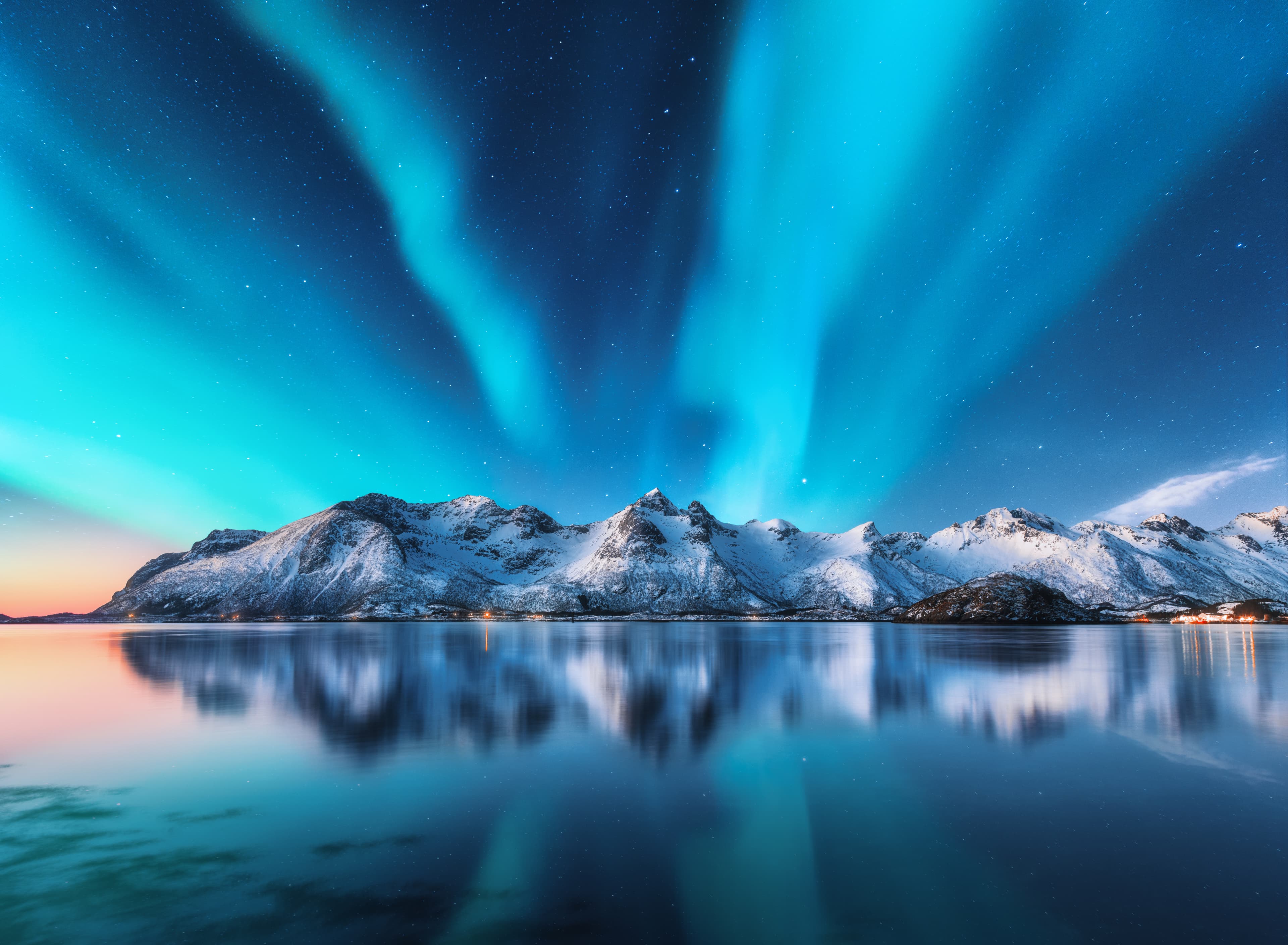
Finland: Late August to April
Eight months out of the year, Finland sparkles with ethereal lights in Lapland. Did you know Finnish folklore expresses the aurora as a fiery fox racing across the sky? The Finns believe that as the fox’s tail touches the ground, it sparks and glows, creating magnificent lights once it leaps into the sky. We recommend you enjoy the show with reindeer barbeque, blueberry tea, and cozy blankets.

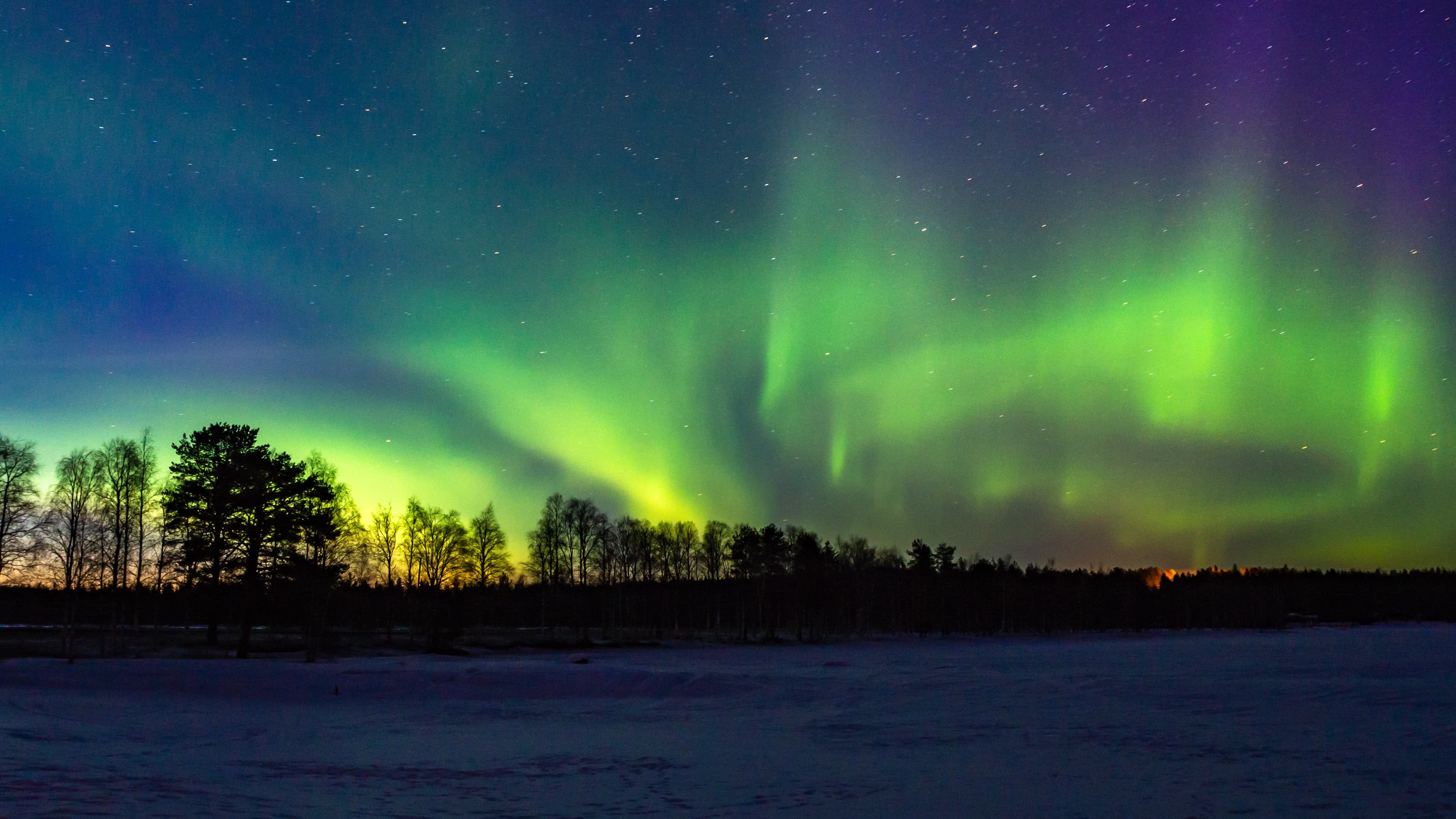
Chase the Aurora Borealis Across the Arctic
Reserve Your Spot Now!



Tips for a Successful Northern Lights Trip
Let’s set the proper expectations if you’re considering heading out on a Northern Lights trip. You may need a dollop of patience and persistence to contend with the Arctic’s weather-related mood swings. While clear skies are essential for viewing, we recommend venturing off the beaten path to a spot with little to no light pollution.
Another tip? Dress warmly to fully appreciate the beauty—and not the chill. Layer up with a thermal base and winter gear like a windproof and waterproof jacket. If there’s no such thing as bad weather, only bad clothes, make sure you dress for success and comfort. Your fingers and toes will thank you! And importantly, bring a camera along to capture the aurora spectacle and look at it later in awe.



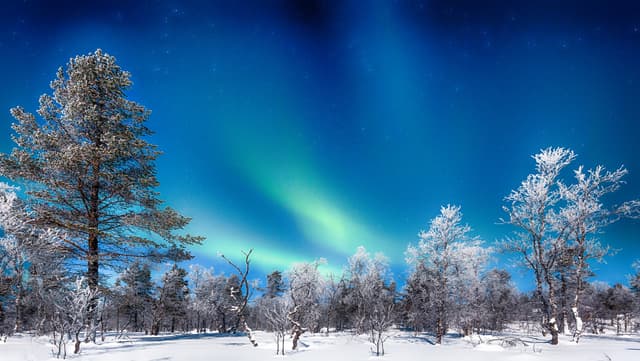

.JPG&w=640&q=75)



